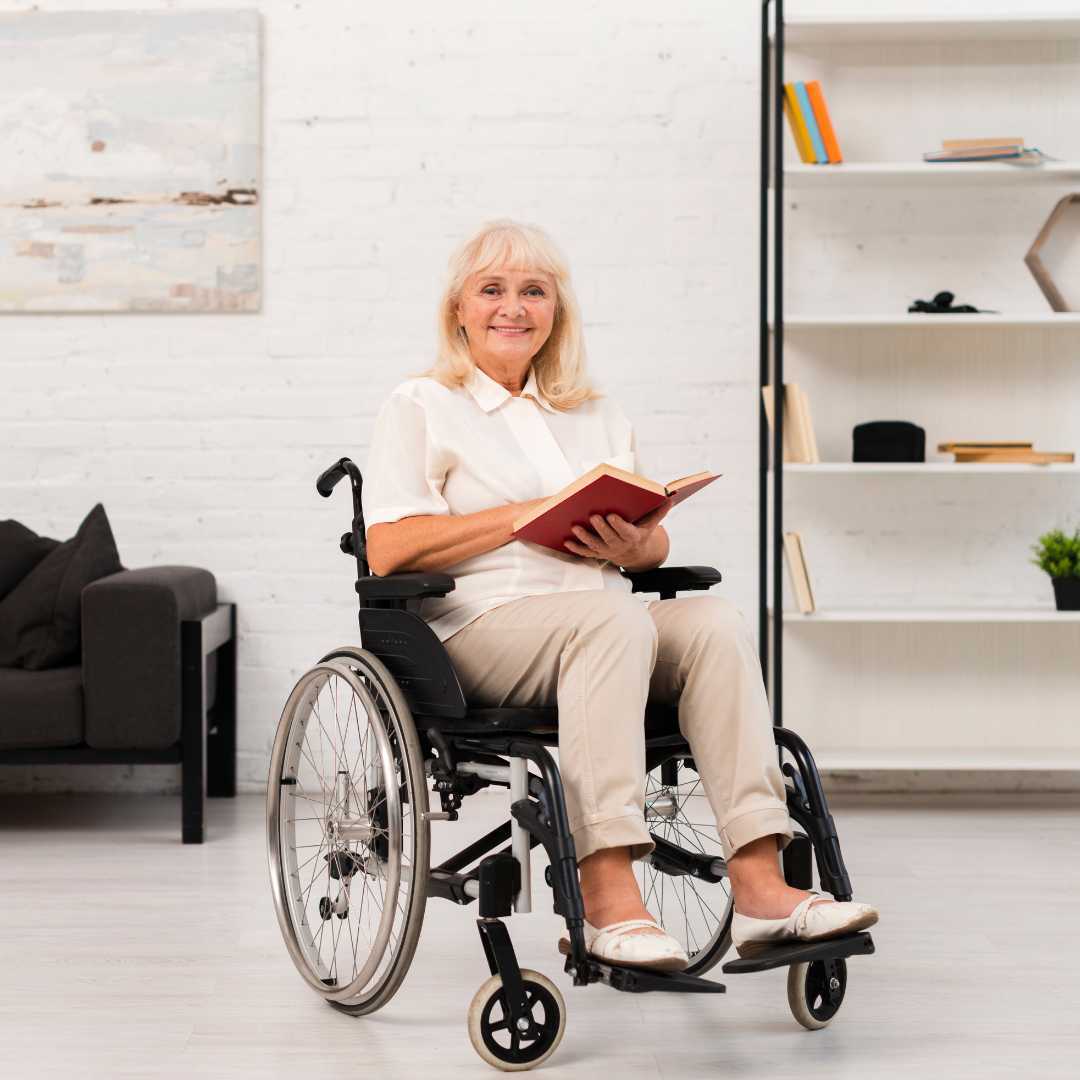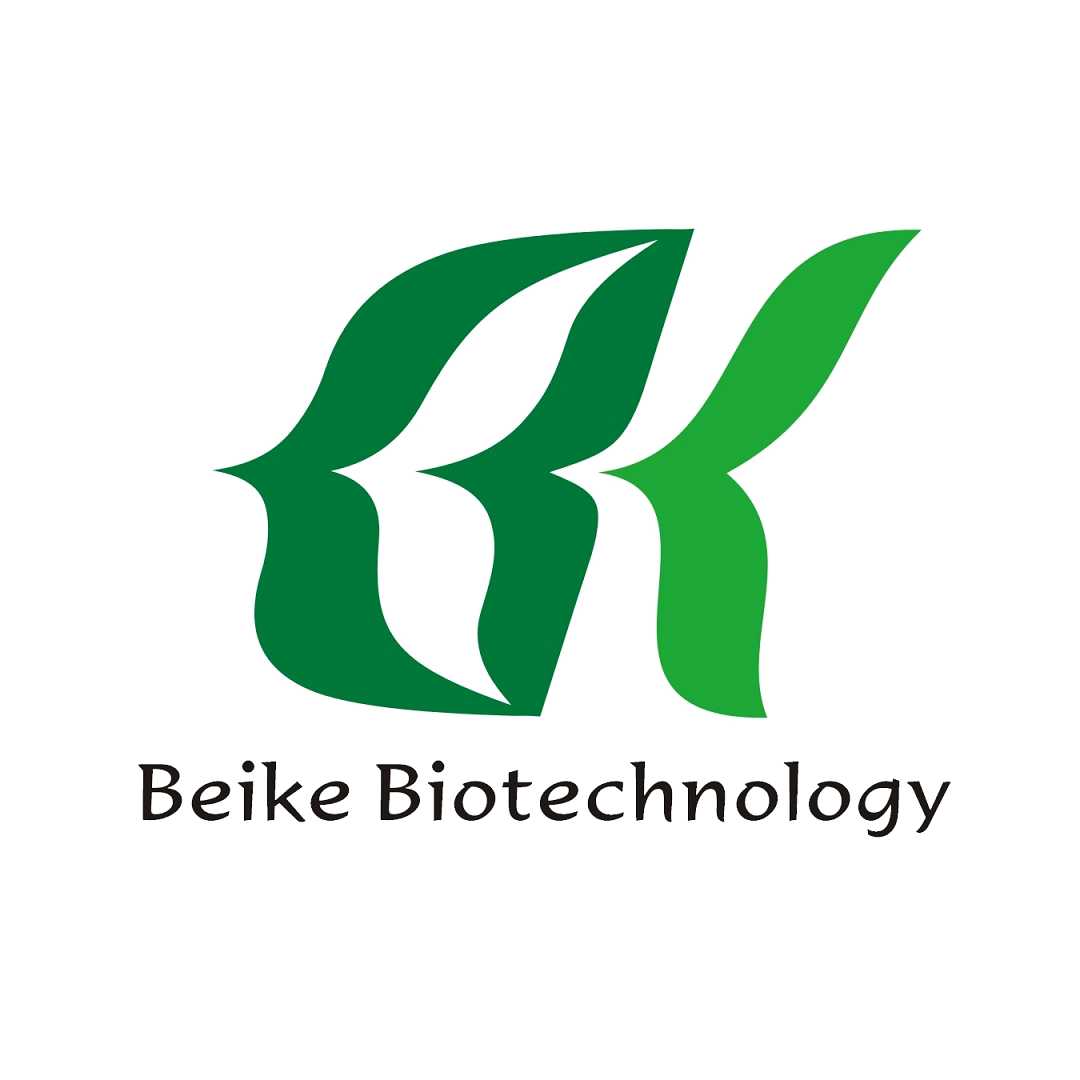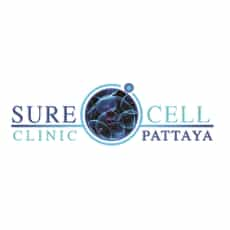Thailand Stem Cell Therapy for Organs: Cost, Safety, and Clinics
.png)
For patients suffering from chronic organ failure—whether it's Chronic Kidney Disease (CKD), liver cirrhosis, or heart failure—the traditional medical route often leads to a single, daunting destination: a transplant waiting list. As a result, many are turning to regenerative medicine in search of alternatives that can halt disease progression or improve quality of life. Among the global destinations for these advanced treatments, Thailand stands out as a leader, combining world-class medical infrastructure with accessible pricing.
However, the concept of traveling abroad for cellular therapy naturally raises concerns about safety. Is it regulated? Are the labs sterile? What happens if something goes wrong? In this detailed guide, we will analyze the safety profile of organ damage stem cell therapy in Thailand. We will look at the regulatory landscape, the types of cells used for organ repair, the potential risks, and the rigorous standards maintained by top Thai medical institutions to protect international patients.
Is stem cell therapy for organ failure regulated in Thailand?
Thailand is not the "Wild West" of medicine. It possesses one of the most sophisticated medical tourism industries in the world, backed by strong government oversight. The Medical Council of Thailand has established clear guidelines distinguishing between standard medical practices and investigational therapies. Most stem cell treatments for organ failure fall under "investigational" or "special access" frameworks, meaning they must be administered by licensed specialists in approved facilities.
Furthermore, safety is heavily dependent on the laboratory processing the cells. Reputable hospitals in Bangkok and other major cities utilize on-site or partner laboratories that are GMP (Good Manufacturing Practice) certified. This certification is crucial as it guarantees that the stem cells are expanded in a sterile environment, free from bacteria, viruses, or endotoxins, significantly reducing the risk of infection during the procedure.
International patients should always look for hospitals that hold JCI (Joint Commission International) accreditation. Thailand has over 60 JCI-accredited hospitals—more than any other country in Southeast Asia—which signals that their safety protocols meet rigorous US-based healthcare standards.
Which organs can be treated with stem cells in Thailand?
Stem cell therapy for organ damage focuses on using Mesenchymal Stem Cells (MSCs), which are known for their potent anti-inflammatory and anti-fibrotic properties. These cells do not necessarily turn into new organs but rather signal the body's existing cells to repair themselves. Common applications in Thailand include:
- Kidney Failure (CKD): Treatment aims to lower creatinine levels and improve Glomerular Filtration Rate (GFR) by reducing kidney inflammation and fibrosis.
- Liver Cirrhosis: MSCs can help degrade scar tissue (fibrosis) in the liver and stimulate the regeneration of hepatocytes, potentially stabilizing liver function.
- Heart Failure: Intracoronary or IV infusion of stem cells is used to improve the heart's ejection fraction and repair damaged cardiac tissue after a heart attack.
- Lung Disease (COPD/Fibrosis): Cells are administered to reduce lung inflammation and improve oxygen saturation levels.
What are the risks of stem cell therapy for organ damage?
When performed in a sterile, accredited environment, the safety profile of MSC therapy is high. The most common side effects are mild and transient, such as a low-grade fever, headache, or nausea for 24 hours post-treatment. These are typically signs of the body reacting to the introduction of new cells and usually resolve without intervention.
Tumorigenesis (the formation of tumors) is a concern often cited in research regarding embryonic stem cells. However, clinics in Thailand predominantly use adult Mesenchymal Stem Cells (MSCs) derived from umbilical cord tissue or the patient's own fat/bone marrow. These adult cells have been proven in numerous clinical studies to be genetically stable and safe, with no evidence of tumor formation.
The primary "risk" for many patients is actually financial risk—the possibility that the treatment may not yield the dramatic results hoped for. Efficacy varies by patient stage and condition, and while many see improvements, it is not a guaranteed cure.
How much does organ stem cell therapy cost in Thailand?
One of the main drivers for medical tourism is cost. In the US or Europe, stem cell therapy for organ failure is either unavailable (pending FDA approval) or costs upwards of $50,000 to $100,000 under "Right to Try" laws. Thailand offers a high-quality alternative at a significantly lower price point.
A typical package for organ damage includes:
- High Cell Count: Organ repair requires large doses, often between 100 million to 300 million cells.
- Delivery Method: Intravenous (IV) infusion is common, but specialized catheterizations (e.g., into the renal artery or heart) increase the cost.
- Hospital Stay: A 3-5 day admission for monitoring and supportive therapies.
- Supportive Care: IV nutrition, physiotherapy, or oxygen therapy to support cell engraftment.
Cost Comparison: Thailand vs. USA vs. Europe
| Region | Estimated Cost (Organ Therapy) | Availability | Regulation Level |
|---|---|---|---|
| Thailand | $15,000 - $35,000 | High (Medical Tourism) | Strict (Medical Council) |
| USA | $50,000 - $100,000+ | Very Limited (Trials) | Very Strict (FDA) |
| Europe (Germany) | $25,000 - $45,000 | Moderate | Strict (EMA) |
| Mexico | $12,000 - $25,000 | High | Variable |
While Mexico offers lower prices, Thailand is often preferred for organ failure cases due to its hospital-based approach. Treatments in Thailand are rarely done in strip-mall clinics; they are performed in full-service hospitals with Intensive Care Units (ICUs) and specialists on standby, providing an extra safety net for patients with fragile health.
How are stem cells administered for organ damage?
The safety and efficacy of the treatment depend heavily on how the cells are delivered. For systemic autoimmune conditions, a simple IV drip is sufficient. However, for localized organ damage, Thai specialists often use Interventional Radiology.
For example, in kidney failure treatment, a catheter may be threaded through the femoral artery directly to the kidney (Renal Artery Injection). This ensures a high concentration of stem cells reaches the damaged tissue immediately, rather than getting filtered out by the lungs. This procedure is performed in a hospital catheterization lab under local anesthesia, ensuring high safety standards and precision.
How to identify a safe stem cell provider in Thailand?
Not all providers are created equal. To ensure your safety, follow these guidelines when researching Thai clinics:
- Ask for Cell Viability Reports: A good lab will provide a certificate showing that the cells are alive (viability >95%) and free from contamination.
- Check Doctor Credentials: Ensure the doctor treating your kidney or liver is actually a specialist in that field, not just a general practitioner.
- Verify Hospital Status: Choose a facility that is a licensed hospital capable of handling emergencies, rather than a standalone outpatient beauty clinic.
- Read Reviews: Look for testimonials specifically from other organ failure patients, not just those seeking anti-aging treatments.


.png)




.jpg)
.jpg)








Share this listing